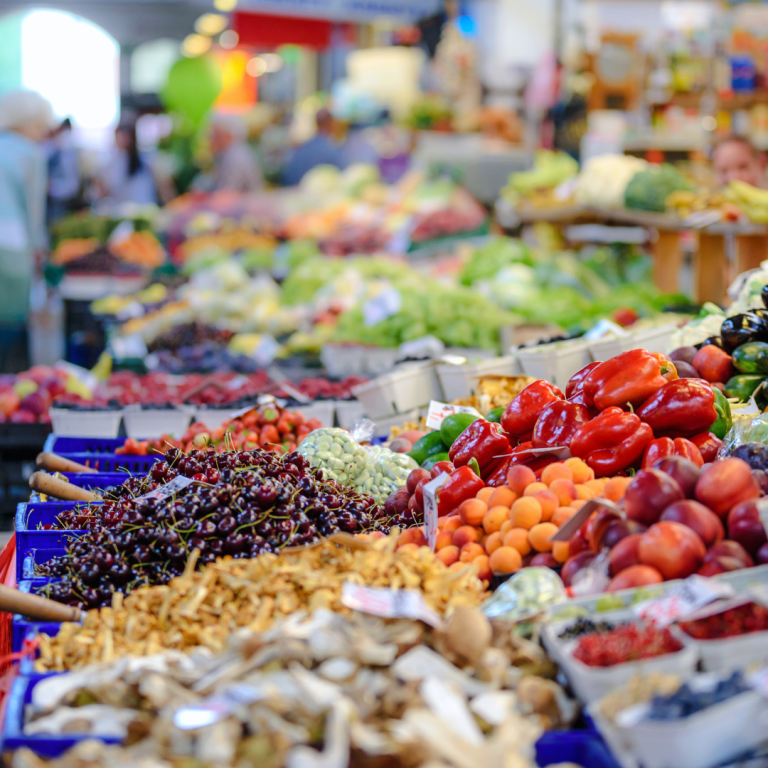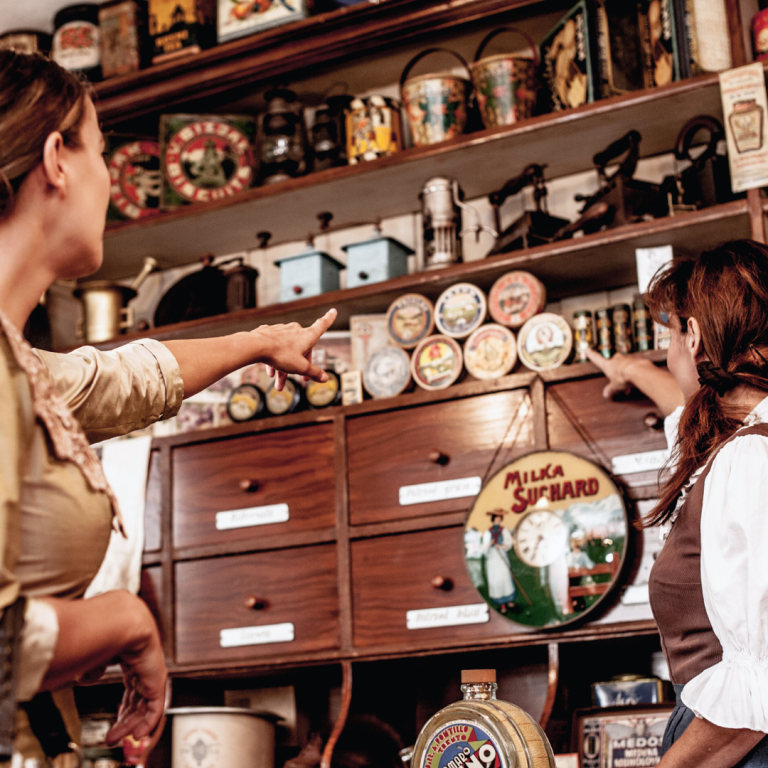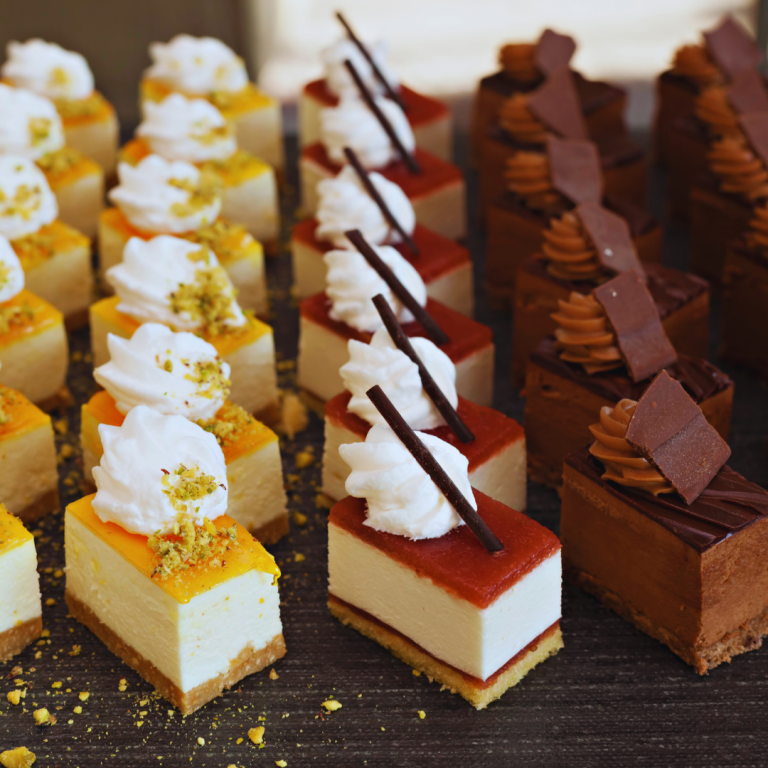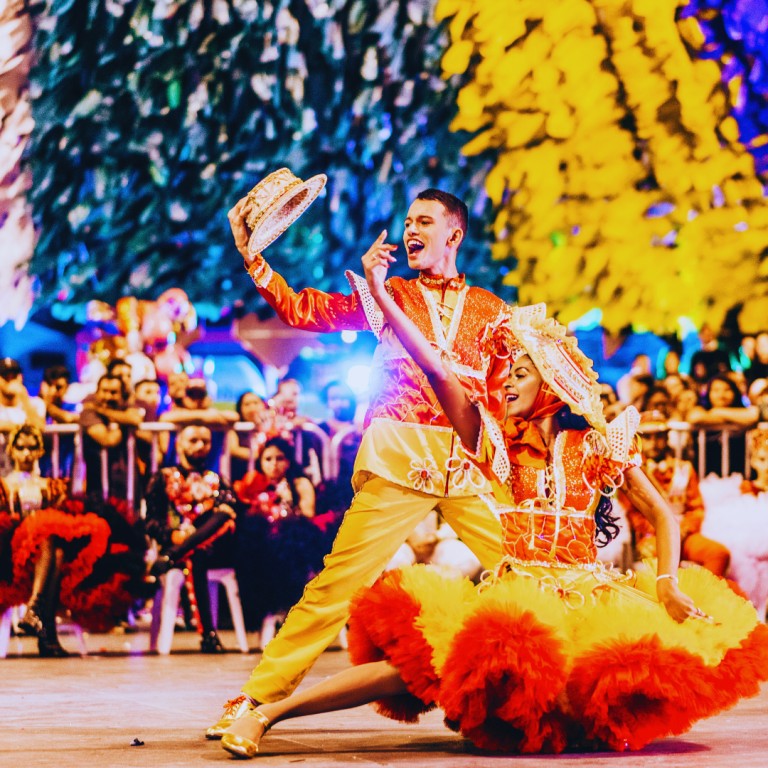Art festivals provide a unique opportunity to experience the vibrant world of contemporary art and connect with international artists. The top art festivals not to be missed offer a rich tapestry of creativity, showcasing a diverse range of artworks that push boundaries and inspire new perspectives. From immersive installations to thought-provoking exhibitions, these events celebrate artistic expression in all its forms.
Attendees will find themselves immersed in an environment that fosters dialogue and innovation. Festivals often feature engaging workshops, artist talks, and live performances, allowing visitors to deepen their appreciation for art. These gatherings not only serve as cultural highlights but also as platforms for emerging and established talents to gain recognition on a global scale.
For anyone passionate about the arts, attending standout art festivals is an enriching experience that should not be overlooked. This is the perfect chance to explore new artistic trends and discover works that resonate across cultures and communities.
Key Art Festivals Around the Globe
Art festivals showcase a diverse range of creativity, attracting visitors from around the world. Iconic events such as the Venice Biennale and the Edinburgh Festival Fringe highlight visual arts and performances. Meanwhile, North America presents vibrant gatherings like Art Basel Miami Beach and Burning Man, while Asia offers unique experiences like the Echigo-Tsumari and Harbin International Ice and Snow Sculpture Festival.
Europe’s Pioneers: Venice Biennale and Edinburgh Festival Fringe
The Venice Biennale, established in 1895, is one of the most prestigious cultural events globally. This international art exhibition occurs every two years, highlighting contemporary visual arts. National pavilions display works from various countries, offering artists a platform for innovative expressions.
In contrast, the Edinburgh Festival Fringe stands as the largest arts festival in the world. Annually, it showcases thousands of performances across numerous genres, including theatre, comedy, and music. With its origins in 1947, the Fringe encourages self-expression and diversity, making it a vital cultural gathering for artists and audiences alike.
North America’s Highlights: Art Basel Miami Beach and Burning Man
Art Basel Miami Beach, held every December, represents one of the premier international art fairs. This event draws galleries and collectors, showcasing modern and contemporary art. Its location in Miami enhances its allure, combining art with a vibrant city known for its nightlife and beaches.
Burning Man, situated in the Black Rock Desert, is an annual gathering where attendees create and experience temporary art installations. Established in 1986, it emphasises community, self-reliance, and self-expression. Participants build elaborate sculptures and artworks while engaging in a unique social experiment away from traditional norms.
Asia’s Treasures: Echigo-Tsumari and Harbin International Ice and Snow Sculpture Festival
The Echigo-Tsumari Art Field in Japan focuses on rural revitalisation through outdoor art installations. Occurring every three years, it blends art and nature, with site-specific works integrated into the landscape. This unique festival reconnects visitors with local culture while promoting sustainable tourism.
The Harbin International Ice and Snow Sculpture Festival is a stunning winter event in China. Beginning in January, this festival features intricate ice and snow sculptures, some reaching impressive heights. Artists from around the world participate, creating a magical, illuminated landscape that attracts countless tourists each year.
Emerging Forms of Art Festivals
Contemporary art festivals are evolving, showcasing innovative expressions that reflect current societal trends. Two notable emerging forms are street art festivals and digital interactive art festivals.
Street Art Festivals and Urban Expressions
Street art festivals have gained traction in urban centres, transforming cityscapes into dynamic galleries. Artists from diverse backgrounds showcase their talents through murals, graffiti, and installations, often addressing social and political issues.
These festivals encourage community engagement and foster local pride. They create spaces for artists to collaborate and connect with residents, promoting a sense of belonging. Notable examples include the Mural Festival in Montreal and the Wall/Tree Festival in Arnhem. These events often feature workshops and live painting sessions, inviting attendees to participate actively.
Participants benefit from a rich visual arts experience, bringing contemporary styles front and centre, ultimately redefining public spaces.
Digital and Interactive Art Festivals
Digital and interactive art festivals merge technology with creativity, offering immersive experiences. These festivals often feature installations that engage audiences through virtual reality, augmented reality, and interactive displays.
Events like the Norrköping Festival in Sweden exemplify this trend by allowing visitors to experience art through their smartphones and devices. Artists create digital representations that challenge conventional perceptions of art.
Participants can engage directly with the artwork, making the experience personal and memorable. This form of art festival appeals to tech-savvy audiences and encourages collaboration between artists and technologists.
Cultural Significance and Economic Impact
Art festivals play a crucial role in enhancing cultural vibrancy and driving local economies. They foster connections among communities, attract tourism, and provide platforms for both emerging and established artists.
Tourism and Local Economies
Art festivals generate significant economic benefits by attracting tourists who spend on accommodation, food, and entertainment. For instance, the Edinburgh Festival Fringe reports millions in revenue each year, directly benefiting local businesses.
In addition, these events create temporary jobs, from hospitality to event coordination. Festivals like the Venice Biennale draw international visitors, boosting local economies and encouraging investment in the arts.
The positive economic impact extends beyond immediate spending, as successful festivals can enhance a location’s reputation, leading to return visits and long-term tourism growth.
Art Festivals as Platforms for International Artists
Art festivals serve as vital platforms for international artists, showcasing diverse styles and techniques. Events such as Art Basel and the Sydney Biennale allow artists to connect with audiences and industry professionals, gaining exposure that might not be possible in other contexts.
These festivals facilitate cultural exchange and dialogue, fostering a sense of global community. They encourage collaboration between local and international artists, enriching the creative landscape. Many festivals also include workshops, panels, and exhibitions that directly engage the public, promoting art appreciation and education.
As a result, art festivals contribute to the broader visual arts scene, making valuable contributions to cultural heritage and contemporary practice.




